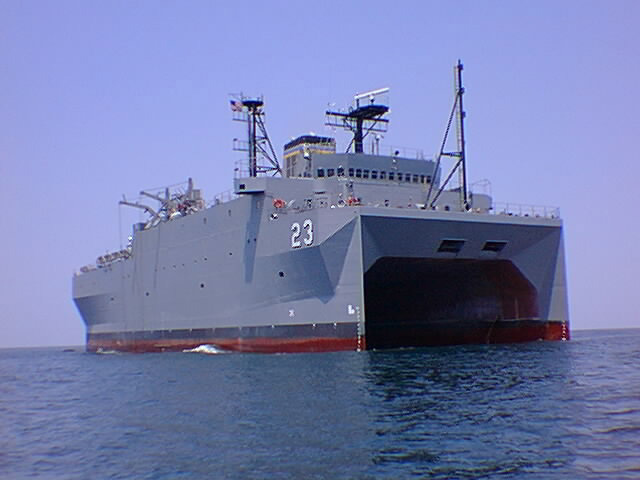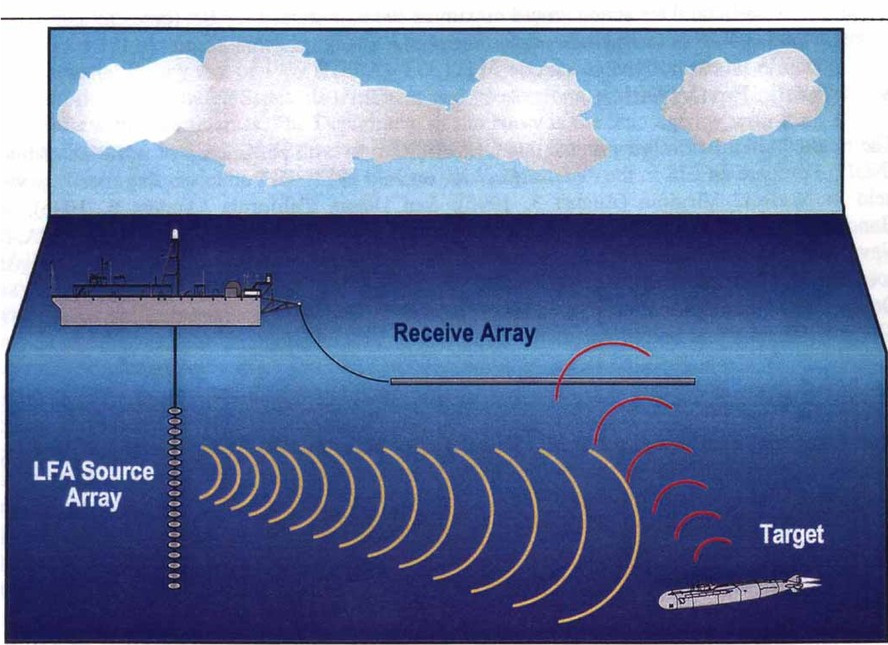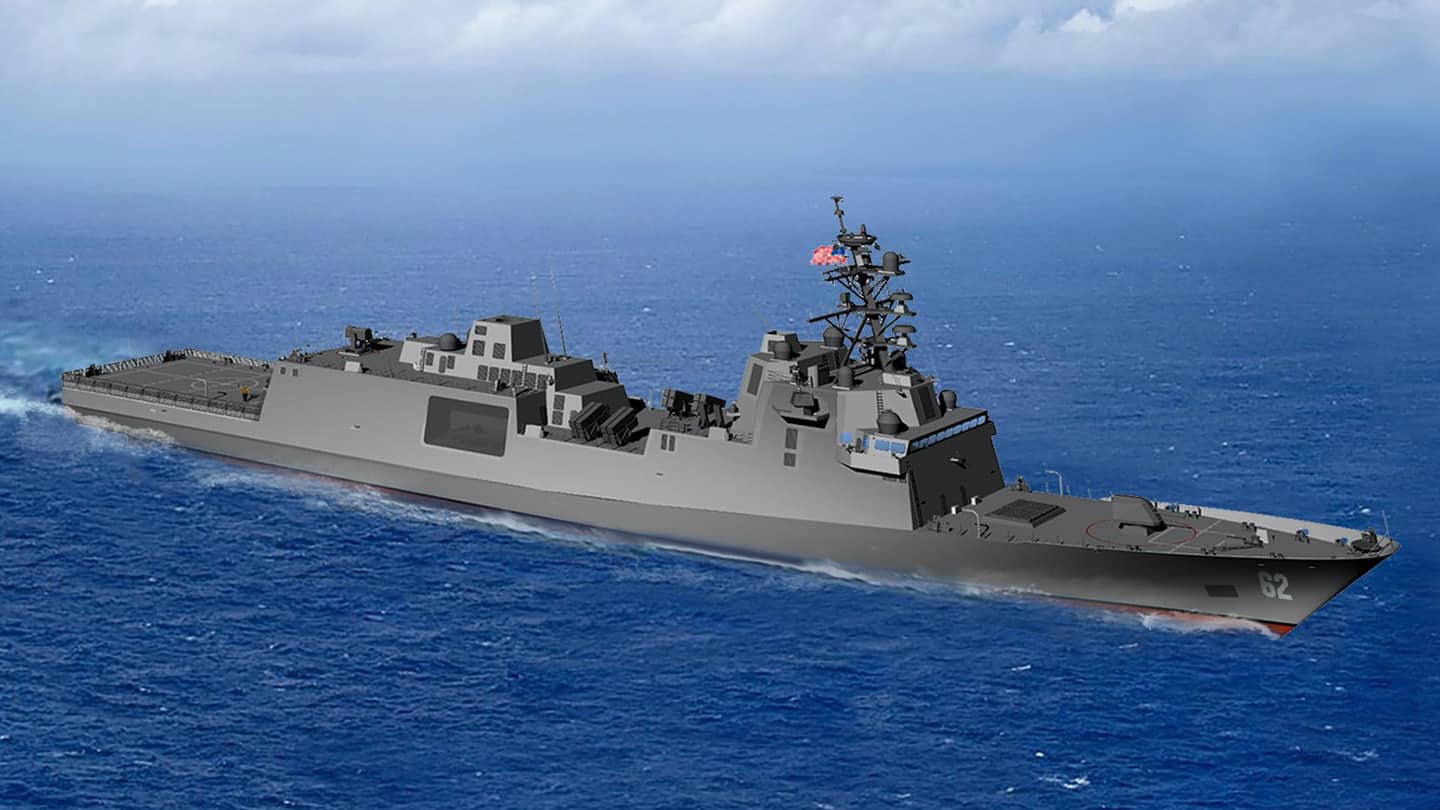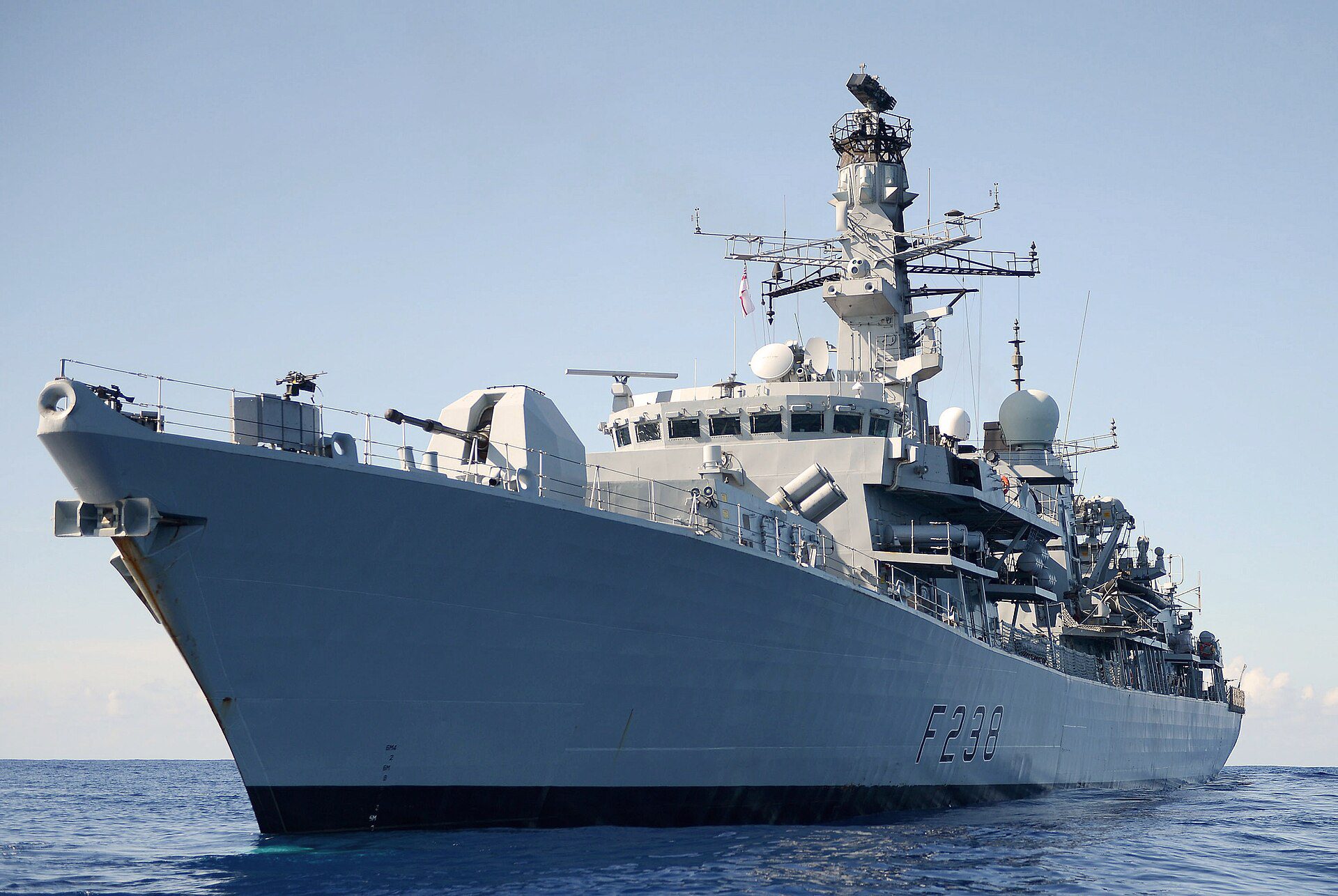
Yesterday, five Chinese vessels “shadowed and aggressively maneuvered in dangerously close proximity” to the U.S. Navy ocean surveillance ship, USNS Impeccable, as it conducted routine operations in international waters in the South China Sea. According to reports, two of the Chinese vessels closed to within 50 feet (15 meters) of the USNS Impeccable, waving Chinese flags and telling the U.S. ship to leave the area. The Impeccable sprayed its fire hoses at one of the boats in order to protect itself. It is also being reported that one of the crew of one of the Chinese vessels stripped to their underwear and continued closing within 25 feet.
USNS Impeccable FAQ
What type of vessel is the USNS Impeccable?
The USNS Impeccable is a T-AGOS vessel operated by Military Sealift Command (MSC) , the civilian arm of the US Navy. The vessel is 281.5 feet in length, 95.8 feet in width and carries a crew of 20 civilian mariners, 5 sonar technicians and up to 20 Navy personnel.
What is the mission of a T-AGOS vessel
MSC tells us: Ocean surveillance ships have a single mission — gather underwater acoustical data. The T-AGOS ships operate to support the anti-submarine warfare mission of the U.S. Navy’s Atlantic and Pacific Fleets.
How do they conduct ocean surveillance missions?
The vessels were designed to provide a stable platform for the launch, use and recovery of anti-submarine acoustic arrays. Once the equipment is launched the SWATH (catamaran) design allows the vessel to ride over heavy seas and keep from rolling. The following diagram shows these arrays deployed.

Why are civilians carrying out US Navy Missions?
During World War II, four separate government agencies controlled sea transportation. In 1949, the Military Sea Transportation Service became the single managing agency for the Department of Defense’s ocean transportation needs. The command assumed responsibility for providing sealift and ocean transportation for all military services as well as for other government agencies.
During the Vietnam War, MSTS was renamed Military Sealift Command. Between 1965 and 1969, MSC transported nearly 54 million tons of combat equipment and supplies and nearly 8 million tons of fuel to Vietnam. MSC ships also transported troops to Vietnam. The Vietnam era marked the last use of MSC troop ships. Now, U.S. troops are primarily transported to theater by air.
Through the 1970s and 1980s, MSC provided the Department of Defense with ocean transportation in support of U.S. deterrent efforts during the Cold War years. (Source: Military Sealift Command).
To put it simply, civilian mariners, working as federal employees aboard US Government owned ships, carry the equipment and supplies for US Navy Warships. If an aircraft carrier needs fuel, the Army needs tanks transported overseas or non-combat missions need to be conducted, MSC vessels are the first to be used.
Why are we patrolling for submarines near Chinese waters?
Simply put, China has, in recent years, been building Nuclear Ballistic Submarines and Navy bases which will provide them with the ability to project power beyond their shore.
Further, Military.com tells us:
China has (or will have) an edge in three important aspects of undersea warfare — a battle which we mustn’t forget is fought from the surface and in the air and outer space, as well as down in the water column. One aspect is her geographic situation. If a PLAN sub breaks through nearby anti-China choke points, that sub gains immediate access to the deep and vast waters of the Pacific Ocean where it can exploit bad weather, protective acoustic propagation effects, and other local factors in order to disappear, lurk, and then attack. American subs based at Guam, Pearl Harbor, and the U.S. East and West Coasts, because of the tremendous distances involved, might lose the race to reach and block those choke points.
T-AGOS vessels are the first line of defense in warning us if a Chinese boomer “escapes” into the Pacific. They also warn against other boats of China’s growing Submarine Fleet.
So what is the likely mission of these T-AGOS vessels?
If placed at strategic underwater choke points the Navy hopes to identify underwater threats as they enter the Pacific Ocean.
How difficult are these submarines to detect once they escape into the Pacific?
Difficult enough that in November 2007 a Chinese submarine sailed, undetected, into the middle of a US Navy carrier group and popped the hatch center stage (Link). Submarines are the most effective platform for detecting other subs but even this is difficult as a recent collision between French and British subs demonstrates.
Are T-AGOS vessels enough to detect Chinese submarines?
No. They are only one tool in the US Navy’s arsenal to detect foreign boats. Acoustic buoys, anti-submarine aircraft, satellites, naval intelligence all work in combination to detect subs but it is unknown what resources the US is putting behind these technologies in the Pacific.
It is also important to note that submarines themselves are the most effective platform in detecting foreign vessels but of the U.S. Pacific Fleet’s 35 submarines (including three nuclear attack submarines based in Guam during 2006), about a dozen are underway at sea on operational duties at any one time (Source).
What happens if a Chinese boomer enters the pacific?
Best case, not much. Worst case… they launch a nuclear missile or simply threaten to do so while they attack Taiwan or Japan.
How much of this information is confirmed by the US Navy?
Very little, we are simply using our knowledge of maritime operations to make an educated guess.

 Join The Club
Join The Club












